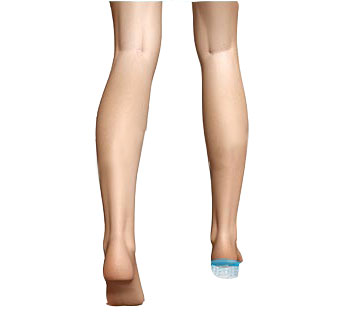Leg Length Discrepancy occurs when one or more bones (the Femur or thigh bone, the Tibia or shin bone, and/or the joint spacing within the knee) are unequal in total length when measured in comparison to the same structures on the opposite side. It is common for people to have one leg longer than the other. In fact, it is more typical to be asymmetrical than it is to be symmetrical. The greater the discrepancy, the more a person must compensate his or her normal posture and gait (walking pattern) in day to day life. This can lead to a variety of symptoms, such as functional scoliosis, hip, knee and ankle problems. LLD can be of two types:
- Anatomical Leg Length Discrepancy or leg length inequality, is a result of the bones (Femur and Tibia) not growing symmetrically.
- Functional Leg Length Discrepancy is caused by muscular tightness, weakness and imbalance.


